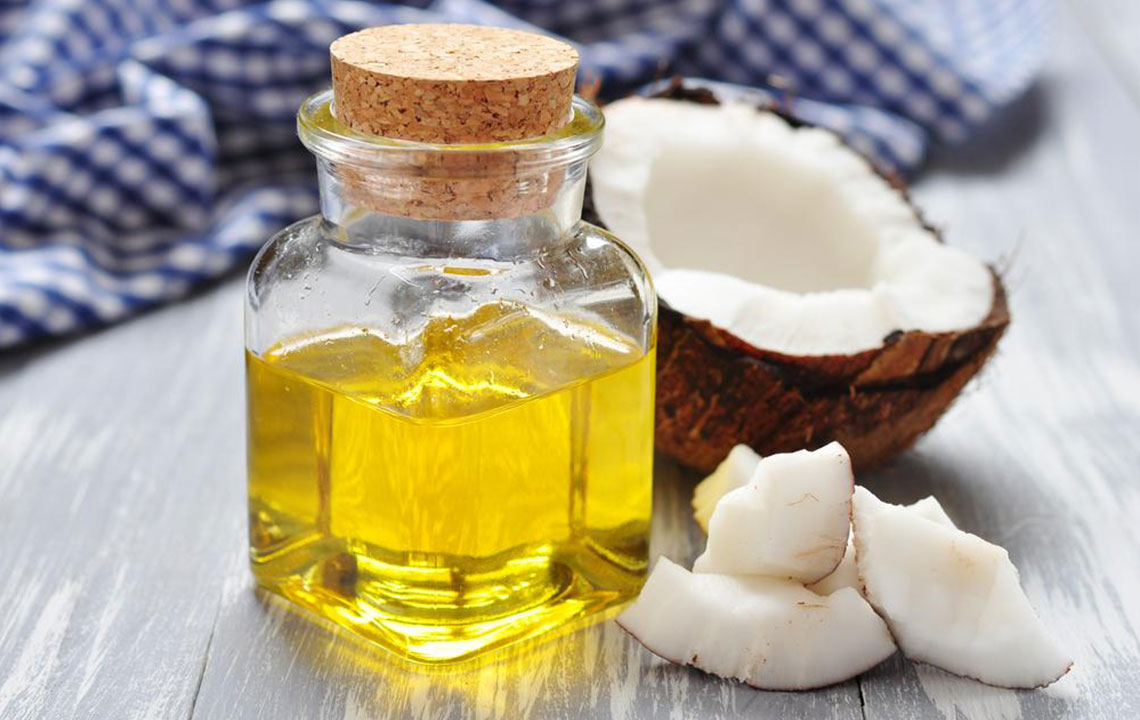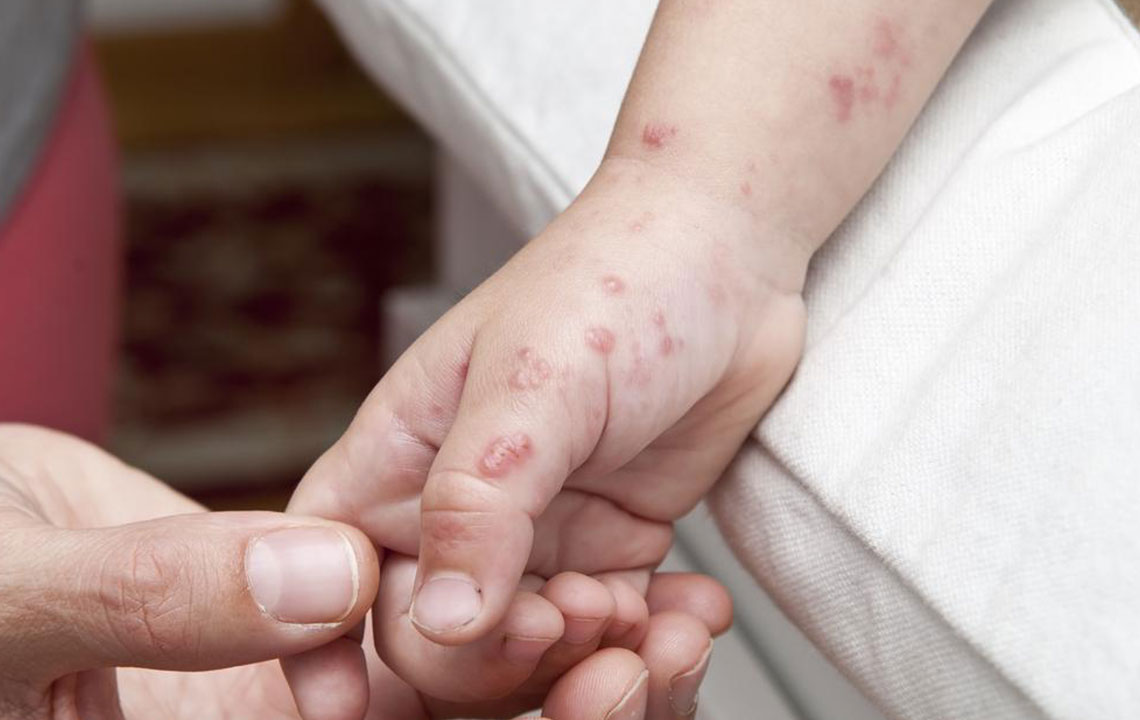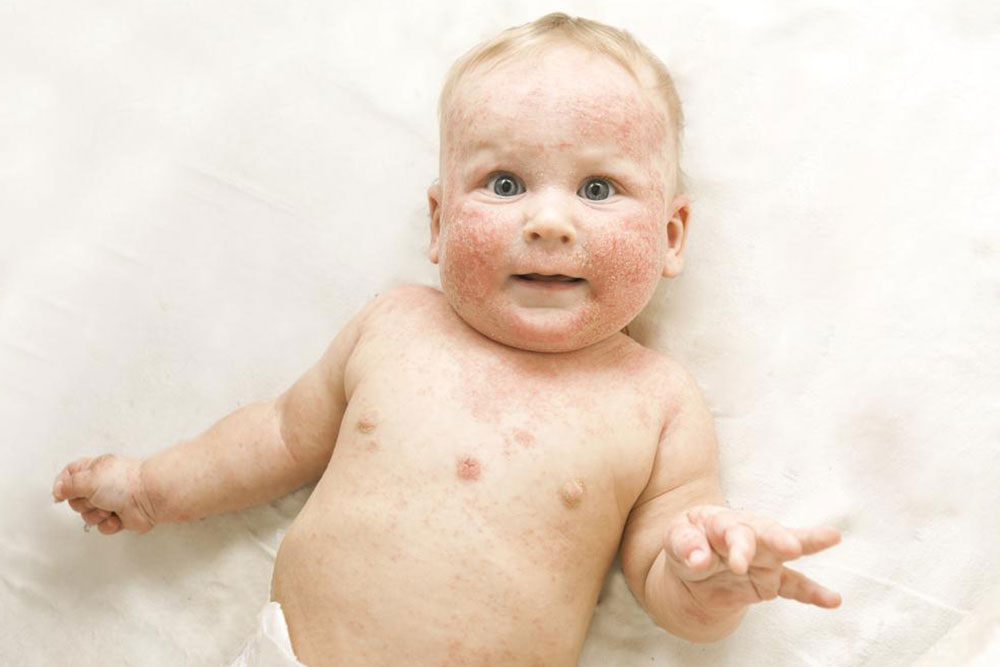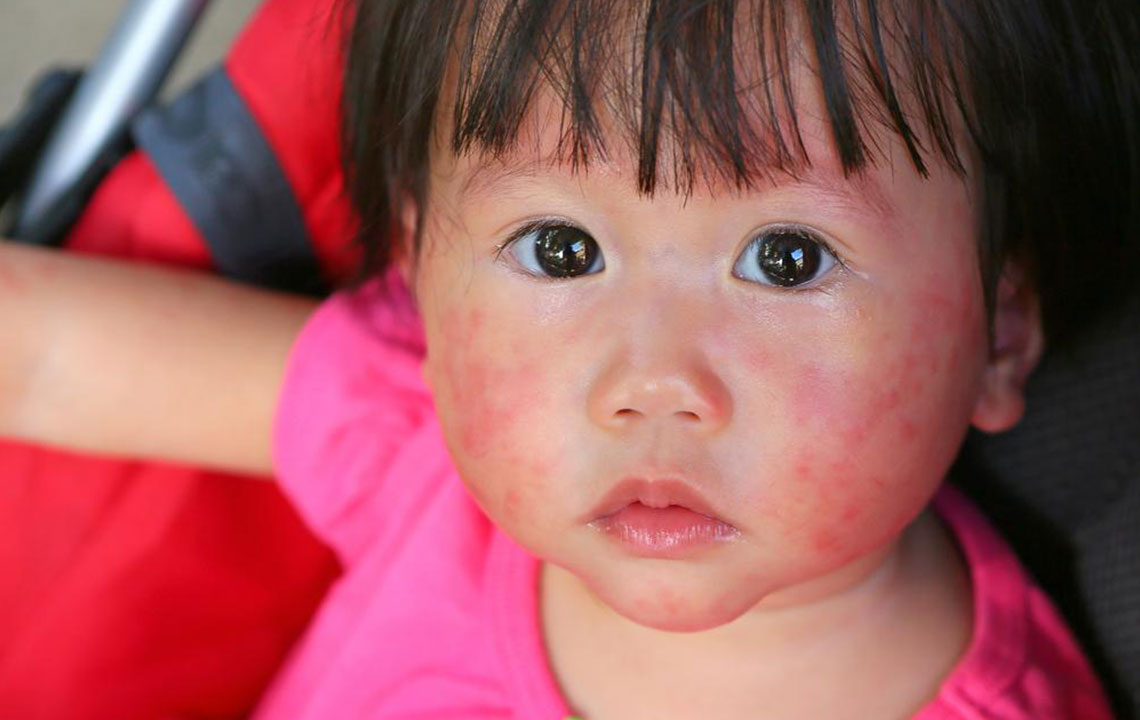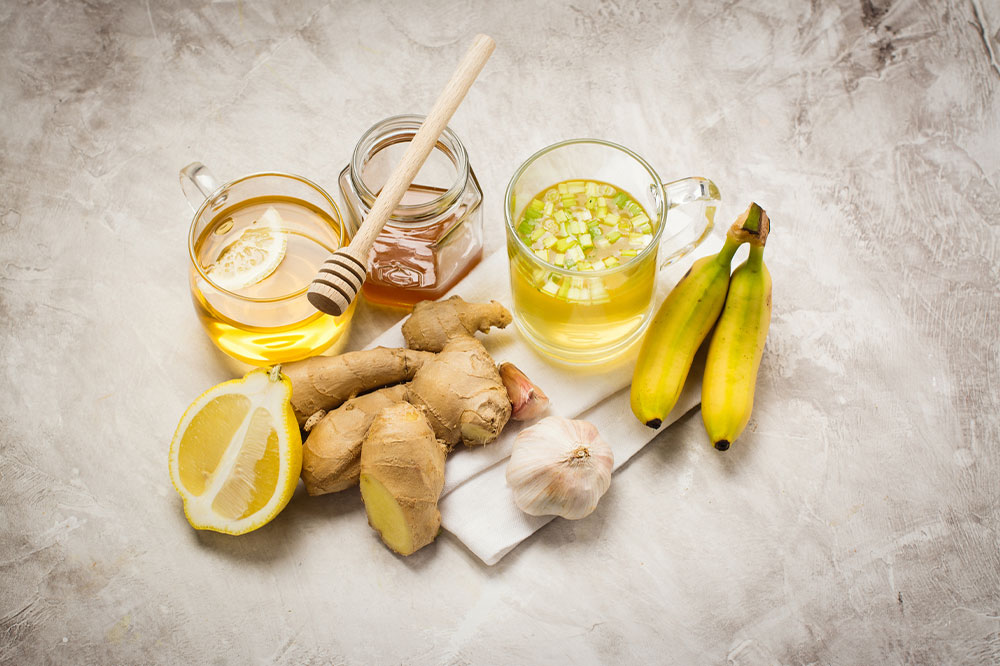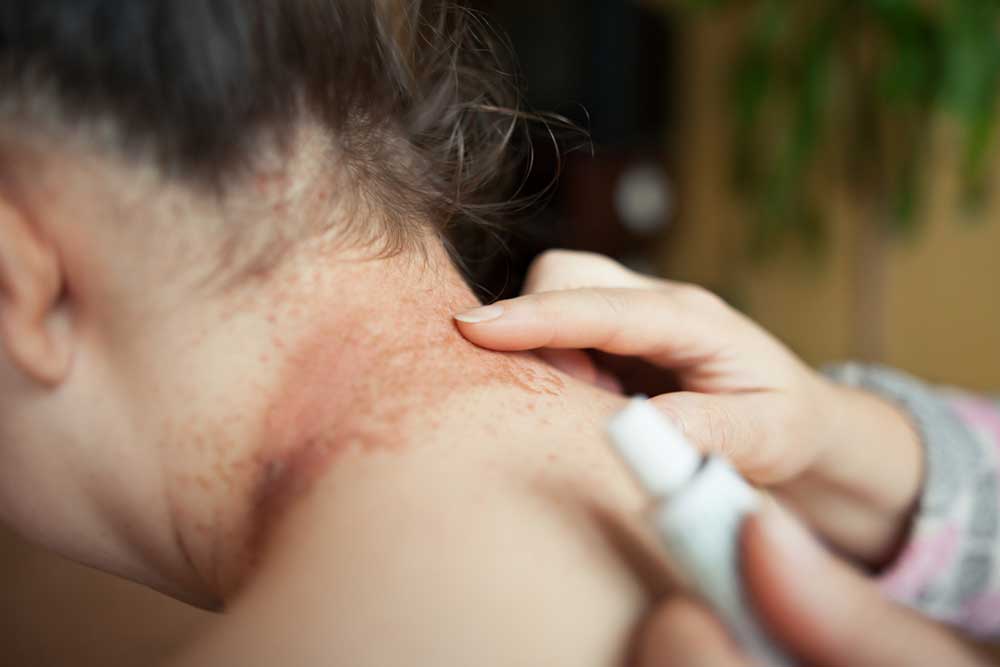Effective Home Remedies for Managing Shingles Discomfort
Discover practical home remedies for shingles relief, including hygiene tips, dietary advice, and soothing treatments. Early medical consultation is essential for effective recovery. These simple strategies can help alleviate symptoms and promote healing.
Sponsored
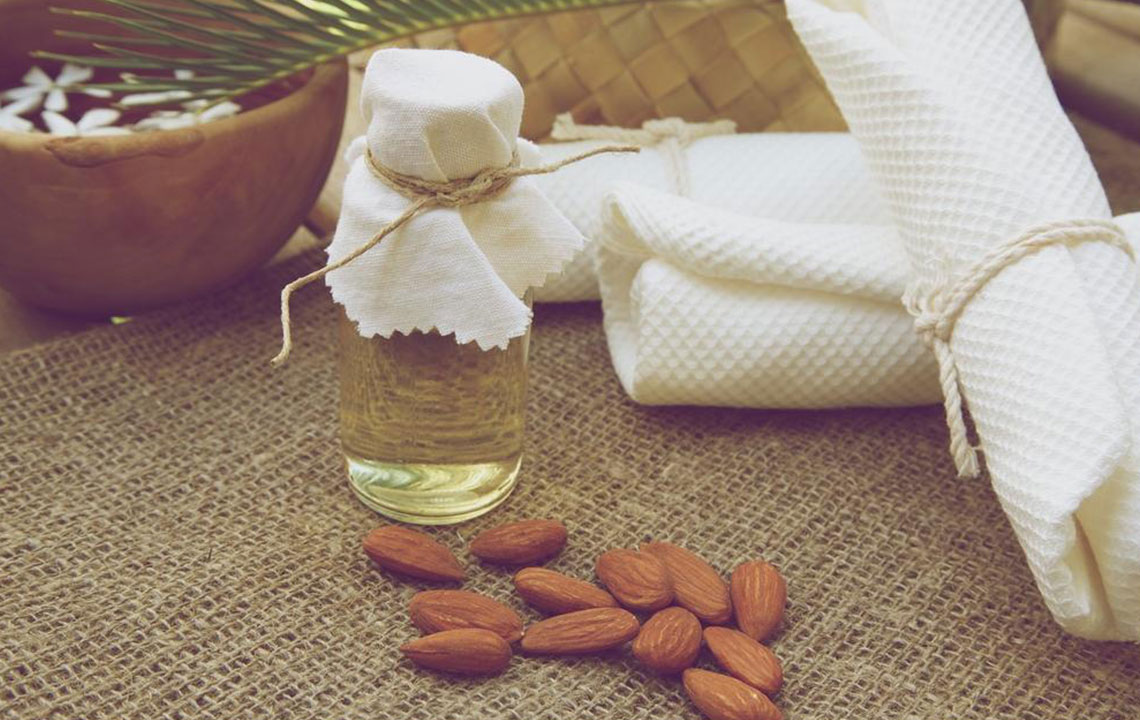
What is shingles?
Shingles, or herpes zoster, results from reactivation of the varicella-zoster virus, which causes chickenpox. It leads to painful skin rashes and blisters, usually confined to specific areas of the body. Those who previously had chickenpox are at risk. The infection predominantly affects older adults with weakened immune systems. Most cases heal within a month, but re-infection is possible. Proper care and early treatment are essential for quick recovery.
How does shingles develop?
After chickenpox, the virus remains dormant in nerve tissues. Weak immunity can trigger its reactivation, causing shingles. Although shingles itself isn't contagious, the virus can spread to those who haven't had chickenpox, posing a risk of new infection. Common symptoms include painful blisters, skin redness, fever, chills, and upset stomach.
When dealing with shingles, consulting a healthcare professional promptly is crucial to prevent nerve damage and determine suitable medications. Alongside medical treatment, certain home remedies can alleviate discomfort:
Maintain proper hygiene: Keep affected areas clean and dry. Wear loose, breathable cotton clothing, and avoid adhesives on dressings. Regularly change coverings and use dermatologist-recommended antibacterial ointments.
Eat nutritious foods: Boost immunity by consuming vitamin-rich foods such as leafy greens, fruits, dairy, eggs, seafood, and nuts. Limit sugar, refined carbs, caffeine, and unhealthy fats. Stay well-hydrated to help skin healing.
Avoid alcohol and smoking: These habits impair healing and can reduce medication effectiveness. Minimize intake to support recovery.
Apply cold compresses: Use a cold cloth or pack to soothe itching and reduce inflammation. Taking cool showers can also provide relief; avoid hot baths which may worsen symptoms.
Use topical pastes: Mix baking soda or cornstarch with water to create a paste, then apply to blisters. Keep for 15-25 minutes to dry and disinfect the skin. Repeat 2-3 times daily for best results.

